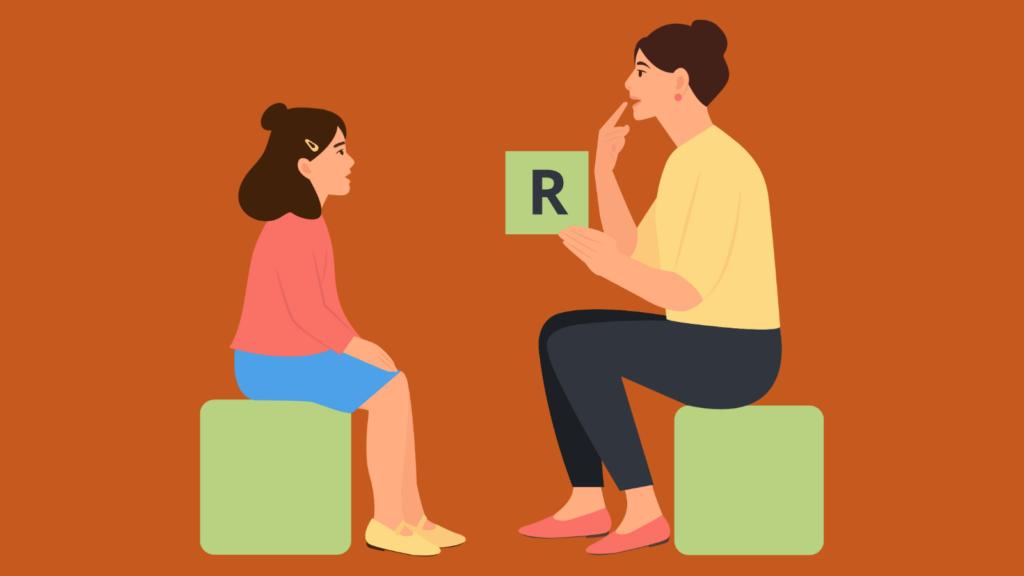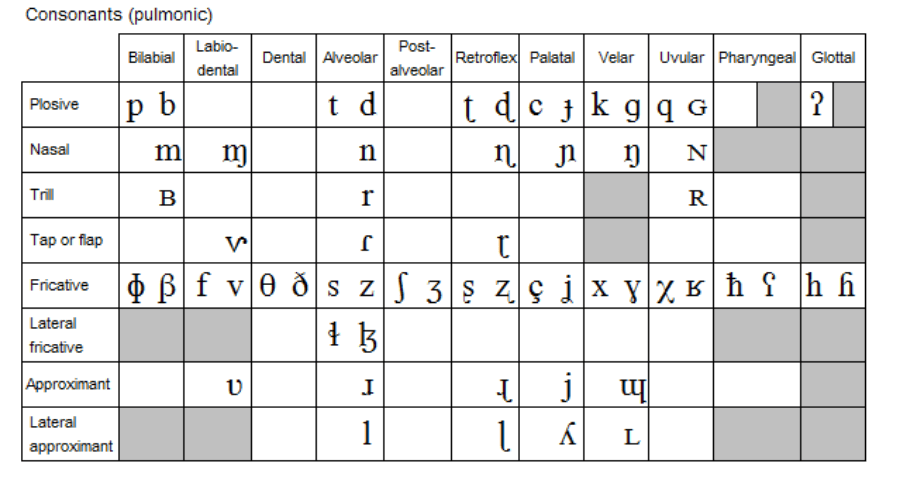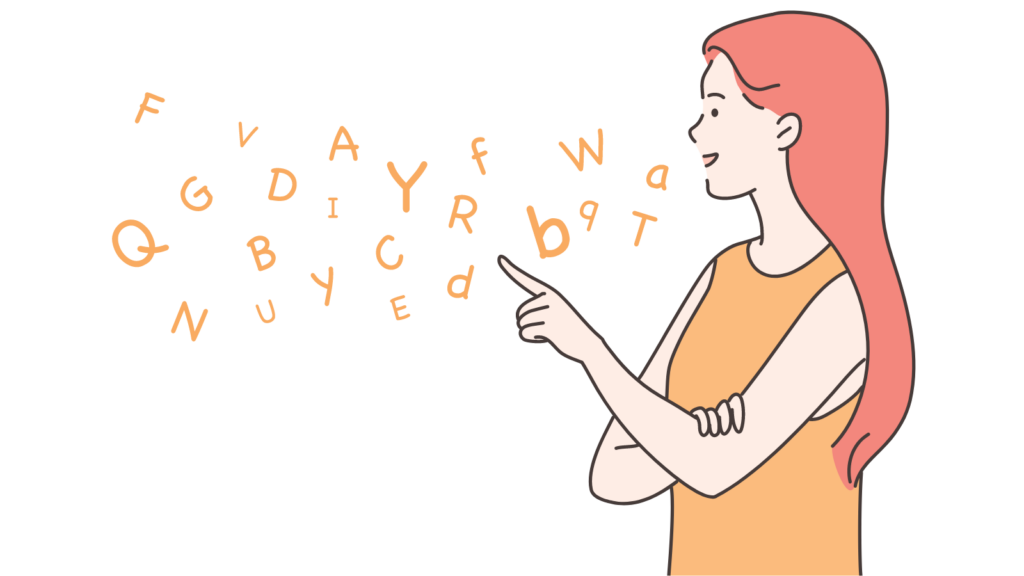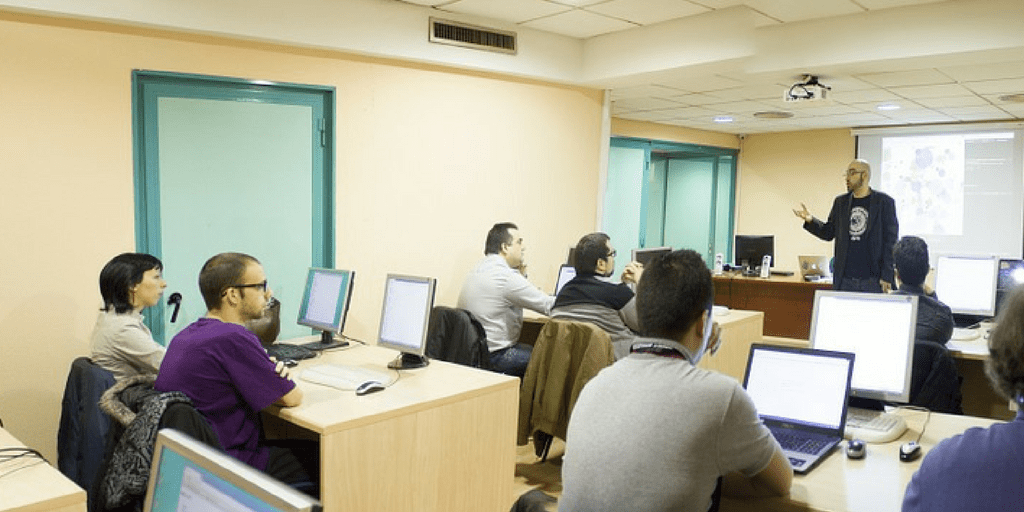Phonetics and Phonology in the Teaching of Pronunciation

Phonetics and Phonology in the Teaching of Pronunciation Introduction The teaching of pronunciation has witnessed remarkable changes throughout the history of language teaching and learning. As one of the most […]
Connected Speech: What Happens During Ordinary, Spontaneous Speech?

“A word is not just the sum of its individual sounds; just as connected speech is not just the sum of its individual words.” (Underhill, 1994 p. 58) Why do […]
Cambridge University Press Launches New YouTube Channel for Learners of English

Cambridge University Press has announced the launch of a new YouTube channel, aimed at supporting English language learners by teaching them how to use English in the real world. The […]
What Can Cinderella Tell us about the Role of Pronunciation in L2 Teaching?

By Vasiliki Lismani The well-known fairy tale of Cinderella with its adorable, yet miserable and unfortunate heroine has always been one of my favourites. In very few words, we have […]
Why Use the IPA in Class

By Steve Hirschhorn The International Phonetic Alphabet (IPA) is the result of work by 19th and early 20th century phoneticians such as Henry Sweet, Otto Jesperson and later Daniel Jones […]
My DELTA Diary: Module 2 Intensive Course

by Paul Finnerty I’ve been teaching English for about seven years on and off and have worked in Brazil, Colombia, Portugal and Italy in that time. To be honest, I […]
Why Pronunciation Teaching Should Be the Number One Priority

Why Pronunciation Teaching Should Be the Number One Priority As a second language learner, I spent 20 weeks in ELICOS classrooms in two different institutions but out of those 400 […]
What Does the Future Hold for TH Sounds?

By Jonathon Owen The TH-sounds /θ/ and /ð/ (dental fricatives) can be challenging for English language learners to master if their native language (L1) does not include them. The likelihood […]
Talking Adults

In response to ‘Useful Thoughts on Teaching Adults’ – Applying these principles to my teaching context. By Paul Finnerty Just as I was about to sit down and embark on […]
The Recent History of Pronunciation Teaching in English Language Teaching

by Steve Hirschhorn In Europe, pronunciation teaching prior to the late 19th c relied largely on imitation along with approximations derived from spelling and so, unsurprisingly, little was written on […]
